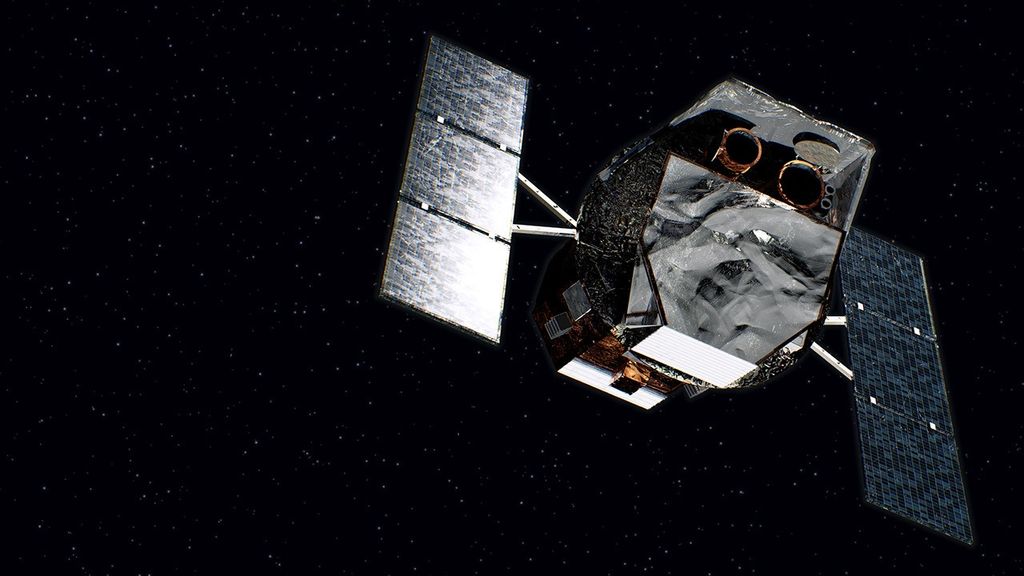


Fire Science Missions & Projects at Ames
active projects
9
subject matter experts
6
NASA Ames poc
Jessica McCarty
FireSense
The FireSense project is focused on delivering NASA’s unique Earth science and technological capabilities to operational agencies, striving to address challenges in US wildland fire management. The project concentrates on four use-cases to support decisions before, during, and after wildland fires. These include the measurement of pre-fire fuels conditions, active fire dynamics, post fire impacts and threats, as well as air quality forecasting, each co-developed with identified wildland fire management agency stakeholders.
Click here to learn more about FireSense about FireSense
Strategic Tac Radio and Tac Overwatch (STRATO)
The Strategic Tac Radio and Tac Overwatch (STRATO) system is designed to provide real-time fire observations and last-mile communications with firefighters from stratospheric platforms. By providing persistent communications to a wildfire response team for a week or longer, STRATO is expected to offer capabilities beyond the currently used tethered balloons, which have a limited range and coverage area. By achieving station-keeping at altitudes up to 70,000 feet above ground level—to be demonstrated in flight testing—the STRATO will be able to provide communications to incident response teams in areas with no cellphone coverage.
Click here to learn more about STRATO about Strategic Tac Radio and Tac Overwatch (STRATO)
Surface Biology and Geology (SBG)

Tactical Fire Remote Sensing Advisory Committee (TFRSAC)

Embracing CSDA-Supported Spaceborne SAR Data in NASA FireSense Airborne Campaigns
This project aims to determine the capability of Umbra X-band Synthetic Aperture Radar (SAR) data to characterize rapidly changing fire landscapes during NASA’s FireSense airborne campaigns.
Click here to learn more about FireSense about Embracing CSDA-Supported Spaceborne SAR Data in NASA FireSense Airborne Campaigns
Opti-SAR
Opti-SAR is focused on accurate and timely mapping of forest structure and aboveground biomass (AGB) with integrated space-based optical and radar observations. This project will make a fundamental contribution to an integrated Earth System Observatory by using the mathematical foundation of RADAR-VSPI and VSPI to integrate SAR and optical data to achieve breakthroughs in forest monitoring and assessment.
Tropospheric Regional Atmospheric Composition and Emissions Reanalysis – 1 (TRACER-1)
TRACER-1 is a 20-year atmospheric composition re-analysis product that will enable researchers to answer questions about changes in wildfire emissions and the impact of extreme wildfire events on regional air quality. Active dates: 2005 – 2024
Click here to learn more about TRACER-1 about Tropospheric Regional Atmospheric Composition and Emissions Reanalysis – 1 (TRACER-1)




























